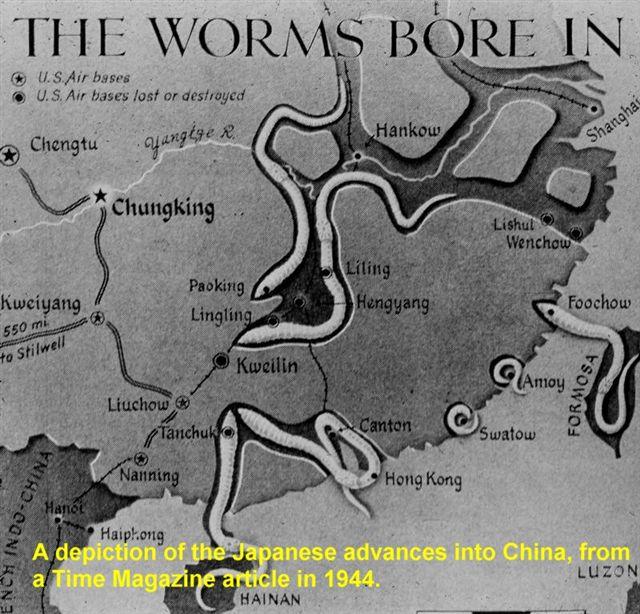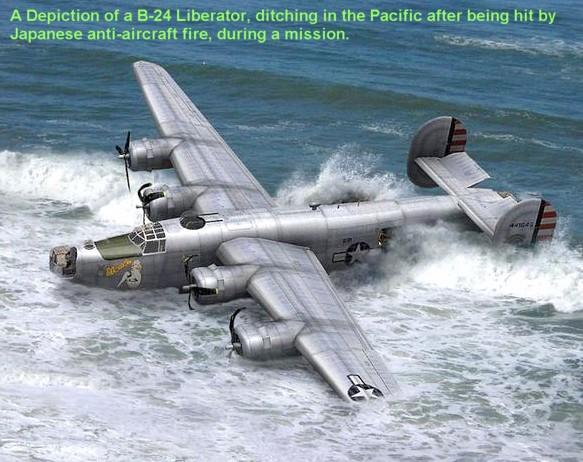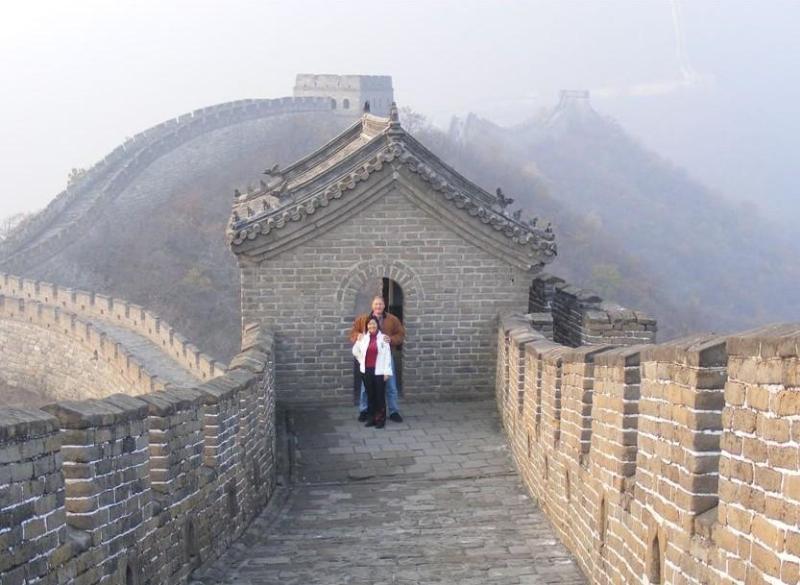| The B-24 Liberator in China -- A side-bar to Jabarootoo's Travel Review, Wings of War and Peace. | |
|---|---|
| Mar 19, 2007 00:48 | |
 | It was interesting to read member Jabarootoo’s recent Travel Review, ‘Wings of War and Peace‘. I particularly noted her reference to the B-24 activity in China, during WWII. I had always been aware of the large B-29 bases in Chengdu, as well as the Flying Tiger bases there and elsewhere in South/Central China, but was not aware of the B-24 Liberator, seeing any service in Asia, as most were in the European Theatre, along with the famous B-17’s. Thus, having done a little research on this, I found this interesting piece of information: On the evening of Aug. 31, 1944, US Army Air Force, 2nd Lt. George H. Pierpont, 2nd Lt. Franklin A. Tomenendale and a crew of eight others lifted off in a B-24J Liberator, a heavy bomber aircraft capable of long operating ranges, from an airfield in Liuchow, China, on a mission to bomb Japanese docks and ships anchored in Takao Harbor, Formosa. Then they headed home, in a rough thunderstorm, never to be heard from again. The families of the crew assumed the bomber had gone into the sea. Japanese military records offered no clues, and the Army could not find evidence of a crash on land. After the war, a review of enemy records failed to turn up any trace of the B-24 Liberator and its crew. They had come under heavy ground fire from Japanese positions during their bombing run, and the aircraft may have been damaged. Also it is speculated they may have encountered Japanese fighter planes, on their return flight over mainland China; no one will ever really know, as there are no surviving witnesses. But in 1996, Chinese farmers found wreckage of the plane while searching for rare herbs on 7,000-foot Kitten Mountain in Guangxi Province. The aircraft's whereabouts had remained a mystery until November 1996, when Jiang Zemin, then the President of the People's Republic of China, presented US President Bill Clinton with five identification tags from an aircraft crash site in Guangxi Province. "They were found in a crevasse. I think the peak was 7,000 feet," said David Ward, whose uncle had been on the plane. "The plane hit at 6,500 feet and fell into a granite notch so one could see it." There it remained, for so many decades. He accompanied the U.S. Army team that went in to recover the remains. "All of a sudden we came around a corner on this one ledge and it was as if this plane crashed last week. It still smelled of oil and grease," he recalled. "I would be picking up boots. I would be picking up different pieces of clothing, equipment. I mean it was all there as if someone had taken it, shaken it, and thrown it in a pile there." Four times between 1997 and 1999, a joint U.S.-Chinese team excavated the crash site. This was but one of the hundreds of fighter and bomber aircraft and aircrews which perished, while helping the Chinese repel the invading Japanese forces, which overran most of Eastern China, and dozens of US airbases within China, early-on in WWII.  |
| Mar 19, 2007 00:51 | |
 | An aircraft typical of the B-24 Liberator, operating in the Pacific Theatre during WWII. |
| Mar 21, 2007 04:11 | |
 | Ahhh. It looks so powerful!! |
| Nov 7, 2009 02:27 | |
 | Thank you all for this very interesting little snippet. This last holiday I had the pleasure of driving up another interesting piece of Sino-Amercan history in Guizhou Province. Some of you might have heard of the notorious 24 bend stretch of road that was part of the southern supply route from Burma that General Stillwell instigated bring supplies up to Chongqing and Chengdu. The road is actually south of Guiyang in an incredibly mountainous region where the new Kunming to Guiyang road fairly flies through the the mountain tops. Our tour guides were the local police officers which made it even more fun to do. I'll post a review sometime later. Look forward to more on this topic J |
Post a Reply to: The B-24 Liberator in China -- A side-bar to Jabarootoo's Travel Review, Wings of War and Peace.







 Copyright © 1998-2025 All rights reserved.
Copyright © 1998-2025 All rights reserved.